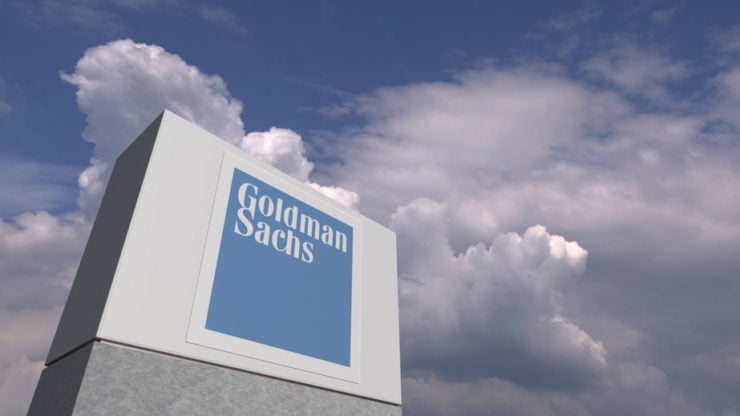Goldman Sachs announced its Q3 earnings before the opening bell on Tuesday, beating analyst expectations and showing solid momentum across its core businesses.
The investment bank reported robust deal activity and healthy trading revenue during the third quarter, while asset and wealth management continued to grow steadily, driven by rising client demand and careful portfolio management.
Goldman also sent a strong signal to shareholders, returning plenty of cash through buybacks and dividends.
Even with rising operating costs and a few legal provisions, the firm’s results show it can hold its ground in a volatile market, leaving both investors and clients feeling confident about what’s ahead.
Goldman Sachs Q3 results: 5 key takeaways
1. Goldman Sachs reported a solid third quarter, posting record revenues of $15.18 billion (20% year-on-year surge) and net earnings of $4.10 billion (37% year-on-year surge).
Diluted EPS came in at $12.25, while the annualized return on equity hit 14.2%, highlighting smart capital management.
A big driver of the results was a rebound in dealmaking, which pushed investment banking fees to $2.66 billion, beating analyst expectations, and helped deliver the highest quarterly revenue in the firm’s history.
The quarter shows Goldman’s ability to adapt to market conditions, thanks to strategic focus and new AI-driven efficiencies across its operations.
2. The engine behind big gains in Q3 is Goldman Sachs Global Banking & Markets.
It posted a net revenue of $10.12 billion, driven primarily by a stellar 42% year-over-year jump in investment banking fees, totaling $2.66 billion.
Higher client activity, surging deal volumes, and persistent volatility in rates and commodities saw FICC and equities businesses post strong growth in trading and financing.
3. Goldman Sachs’ Asset & Wealth Management (AWM) reported a whopping 17% jump in its net revenue, hitting $4.4 billion.
The growth came from higher management and other fees, along with rising contributions from private banking and lending.
To add to that, the 71% year-over-year revenue surge in Platform Solutions made things more massive for the investment bank. The $670 million, revenue was fueled largely by consumer platforms like credit card services.
Simply, this explains how Goldman is expanding its footprint in wealth management and consumer finance, adding steady, fee-based income alongside its traditional trading-focused revenue.
4. Goldman Sachs returned $3.25 billion of capital in Q3, including $2.0 billion in share repurchases at an average price of about $718.60 per share, totaling 2.8 million shares bought back.
Additionally, the firm paid $1.25 billion in dividends, with the Board approving a $4.00 quarterly dividend per share.
The company maintains a strong balance sheet, with average global core liquid assets of $481 billion, underscoring its robust financial position and commitment to returning value to shareholders while preserving liquidity and capital strength.
5. Diving into expenses, Goldman Sachs’ operating expenses rose 14% year-over-year to $9.45 billion in Q3.
The main culprit behind increased expenses is the increased compensation costs and $131 million set aside for litigation and regulatory provisions.
The provision for credit losses fell to $339 million compared to last year, showing that credit conditions are improving.
The year-to-date efficiency ratio is around 62.1%, pointing to better cost management, though it’s still something to watch as the firm balances investing in growth with keeping expenses in check.
The post Goldman Sachs Q3 earnings: 5 key takeaways investors can’t miss appeared first on Invezz

